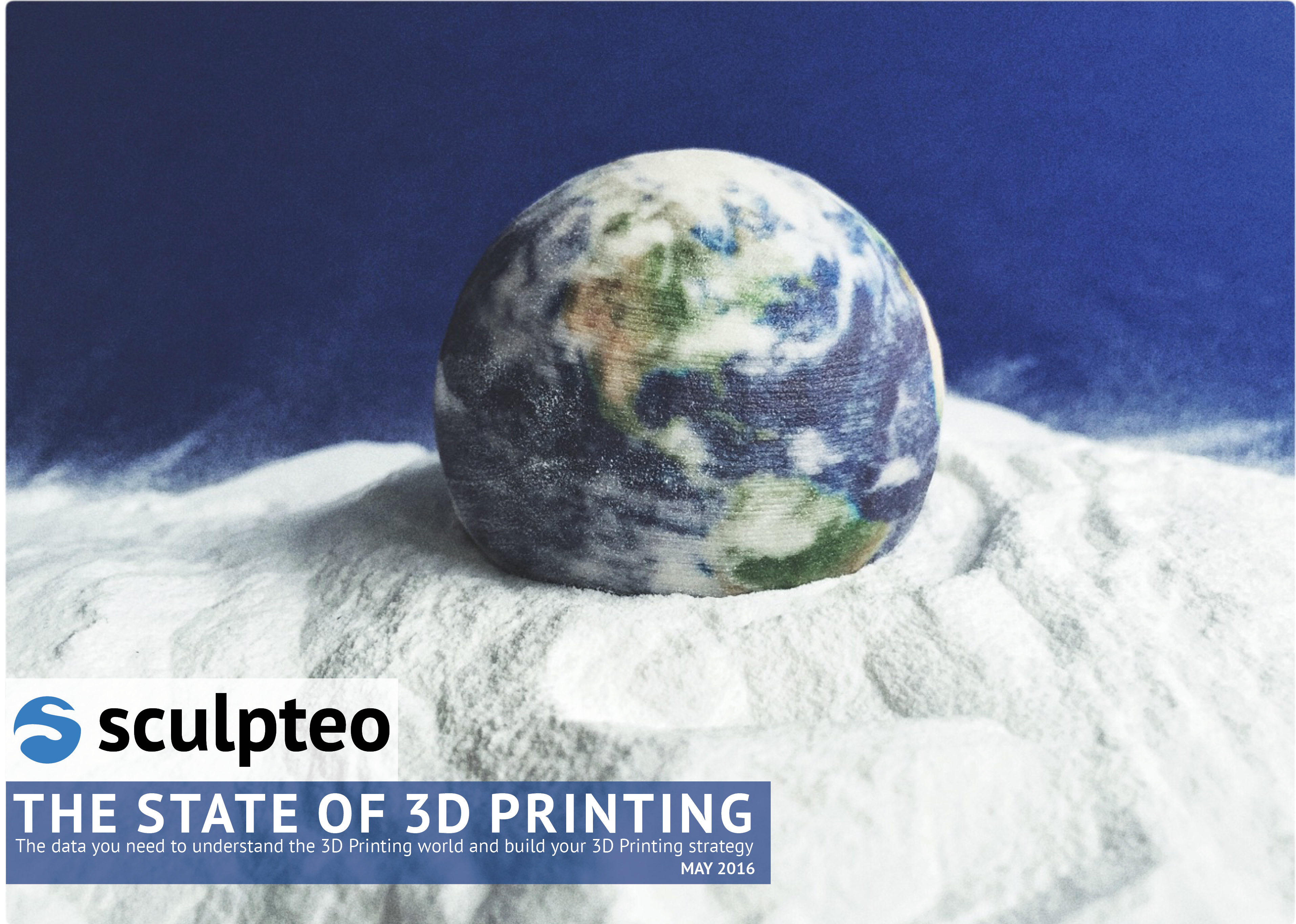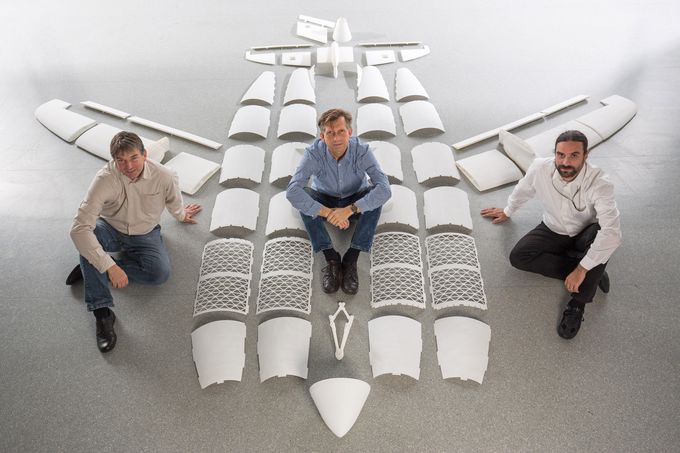Insight from the State of 3D Printing: the year-over-year contrast
Posted By Capucine Lonjon on Jul 29, 2016 | 0 comments
Our Second Edition of the State of 3D Printing gives a clear view of the evolution the additive manufacturing industry is taking. The Year-over-Year contrast Section highlights very accurate information and details. We are zooming into them for you today, to give you the keys to elaborate an accurate strategy.
Two main applications for 3D printing as for 2016 : prototyping and production
Compared to 2015, Prototyping and Production are still the top uses of additive manufacturing for 2016.
Rapid Prototyping still number 1
“3D printers allow us to synchronise the development schedule with that of the vehicle itself and create the accessory parts simultaneously, improving both the quality and speed of the prototype process.”
—Hiroshi Takemori, Honda Access
In this year’s study, when we asked the respondents to declare the ‘purposes of their 3D prints’, 67% of the professionals answered Prototype, and 41% Proof of concept, confirming Takemori’s words.
To explain the difference between the two, we can use Stratasys definitions of concept modelling and functional prototyping, which are quite similar to the terms we used in our study.
Concept modelling is an iterative reflexion for innovation, leaned on the 3D Printing technology. It takes all the advantages of it, and benefits from its rapidity and flexibility. Thanks to this new possibility, an industrial can combine R&D, marketing testing, ergonomic studies, business viability, internal validation. The benefits are unexpected, giving an immediate feedback, support for ideas and re-design, and an important economy of time.
Functional Prototyping can be the logical continuation of Concept modeling. Once the product is approaching final testing and production, 3D printing is a very good partner to obtain a close to reality prototype. With our very performant technology and materials, the prototype can achieve very good technical properties, and allow rigorous testing and research.
In this idea, AIRBUS is experiencing a functional prototype to test futuristic aircraft technologies. With its pioneering experimentation, Airbus is leading a way to new conception means.
Production
If we take the results of the same question, that is to express their ‘purposes of their 3D prints’, 50% of the respondents said Production, ranking it second in the 3D Printing uses list, just after prototyping. In fact, it is more and more interesting for companies to produce effective parts with additive manufacturing. We have astonishing examples that show the clear direction that is the 3D Printing industry is taking.
HUBLEX is a segway-like product, aimed to help professionals in their everyday movements: Sculpteo produced 16% of the functional parts for this very convenient and daily used product.
AURORA FLIGHT SCIENCE and its printed jet-powered Aircraft: working with Stratasys, Optomec printed in 2015 complete airplane wings, including electronics and sensors, for small drones. The lead production is twice as fast as conventional processes, and for the same stiffness, weight is minimized.
The use of 3D Printing is extending
Many activities, many sectors
For the same question ‘what are your purposes of your 3D Prints’, the respondents could choose among art, education, hobby, marketing sample. For each of those elements, we can clearly see that additive manufacturing is gaining ground, as some have more than doubled from to 2015 to 2016. What’s more, the tendency to use additive manufacturing for only one purpose saw a decrease of 14%.
Additive manufacturing permeates all activities
Compared to 2015, 2016 sees a wider integration in some programs of the respondents’ companies. 3D Printing is evolving in a way that permeates more and more all activities: marketing, research, Human Resources…
Expenses are skyrocketing
Along with the evolution and perfection of the 3D printing technologies, companies are measuring the considerable amount of possibilities that they offer. The State of 3D Printing shows a significant increase of the average budget from 2015 to 2016: it increased by 64%.
They invest more and more for bigger and in bigger projects
To support this statement, we can quote a release of the International Data Corporation: ‘Worldwide spending on 3D printing forecast to grow at a compound annual rate of 27% to more than $26 billion in 2019’.
Another accurate example would be General Electrics: they just opened the First Additive Manufacturing Center in Pittsburgh. The facility represents $39M commitment to Pennsylvania and creates 50 jobs. Advanced manufacturing’s impact on the economy is $3.1T or 19% of US GDP.
A new way of manufacturing
The State of 3D Printing 2016 suggests that additive manufacturing is taking a new shape and opening new possibilities. Interest and Investment are increasing very fast.
A new kind of manufacturing is appearing, that Stratasys calls direct manufacturing. It is the process in which a model on a computer can directly be produced by a machine. Many benefits ensue from it, including cost & lead-time reductions, iterative innovation, local production.
We launched our laser cutting service online, this way heading a bit closer towards the factory of the future. We invite you to discover a drone recently conceived by one of our designers shows the possible compilation between 3D Printing and Laser Cutting.
Not only it is evident that additive manufacturing is definitely not dead, it also has an essential role to play in the 4th Industrial Revolution.
Download the State of 3D Printing!
Here, we gave you a glimpse of the precious information you can get from the second edition of our State of 3D Printing report. To have all the data you need to be aware of the current state of the Additive Manufacturing industry, download our report for free here.
You will find 4 sections :
- the main identified Trends for 2016
- a focus on strategy, based on the identification of ‘Power Users’
- a year-over-year contrast, comparing the results for 2015 and 2016
- a sectorial insight
We wish you a good reading, and hope you’ll find all the information you need to perfect your strategy, launch your business or simply be aware of what is going on.
You can also download the 2015 edition of the State of 3D Printing here.


 Connect with Google
Connect with Google Connect with Facebook
Connect with Facebook


